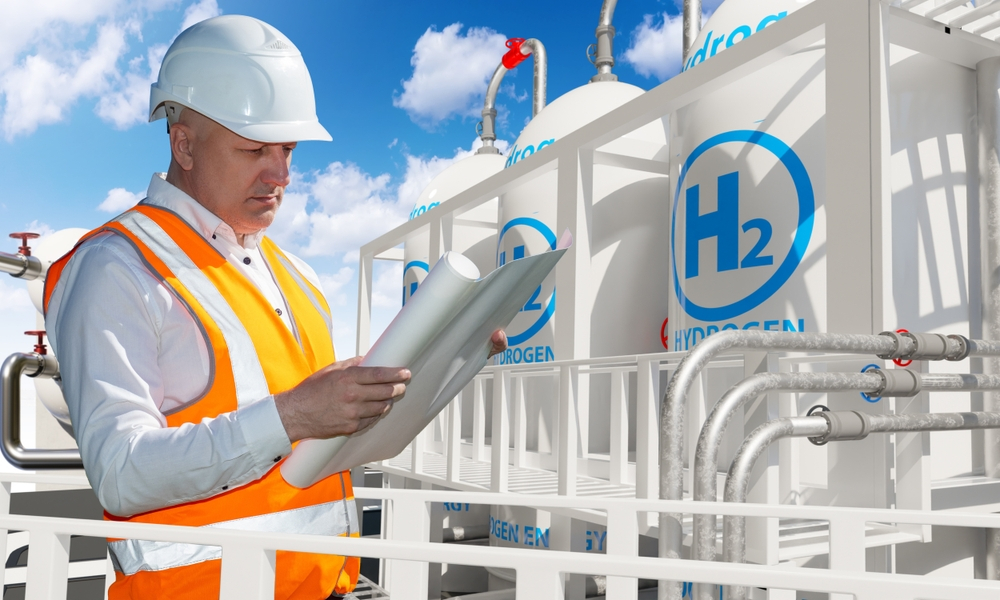How Roar Solutions can Save You Time, Stress, and Money.
How Roar Solutions can Save You Time, Stress, and Money.
Blog Article
Roar Solutions Things To Know Before You Buy
Table of ContentsThe Main Principles Of Roar Solutions Roar Solutions Fundamentals ExplainedMore About Roar Solutions
In order to safeguard installments from a possible surge a technique of analysing and classifying a possibly unsafe area is required. The objective of this is to guarantee the correct option and installation of devices to inevitably prevent a surge and to make sure security of life.
(https://www.startus.cc/company/roar-solutions)
No tools needs to be set up where the surface area temperature level of the devices is more than the ignition temperature level of the offered risk. Below are some typical dirt dangerous and their minimum ignition temperature level. Coal Dust 380C 225C Polythene 420C (melts) Methyl Cellulose 420C 320C Starch 460C 435C Flour 490C 340C Sugar 490C 460C Grain Dirt 510C 300C Phenolic Resin 530C > 450C Aluminium 590C > 450C PVC 700C > 450C Soot 810C 570C The chance of the danger being present in a focus high adequate to cause an ignition will vary from area to place.
In order to identify this danger an installation is divided right into locations of risk relying on the quantity of time the harmful exists. These areas are referred to as Zones. For gases and vapours and dirts and fibers there are three areas. Zone 0 Zone 20 An unsafe environment is extremely most likely to be present and might be present for extended periods of time (> 1000 hours annually) or even constantly Zone 1 Area 21 A dangerous atmosphere is possible yet unlikely to be existing for extended periods of time (> 10 450 C [842 F] A category of T6 implies the minimal ignition temperature level is > 85 C [185 F] Unsafe area electrical devices perhaps created for usage in higher ambient temperature levels. This would certainly suggested on the ranking plate e.g. EExe II C T3 Ta + 60C( This indicates at 60C ambient T3 will not be gone beyond) T1 T1, T2, T3, T4, T5, T6 T2 T2, T3, T4, T5, T6 T3 T3, T4, T5, T6 T4 T4, T5, T6 T5 T5, T6 T6 T6 A T Course ranking of T1 indicates the optimum surface temperature level produced by the instrument at 40 C is 450 C. Thinking the connected T Class and Temperature score for the devices are suitable for the location, you can always utilize an instrument with a more rigorous Department ranking than needed for the area. There isn't a clear answer to this question sadly. It actually does depend upon the sort of equipment and what fixings require to be performed. Equipment with certain examination procedures that can not be performed in the area in order to achieve/maintain 3rd party ranking. Should return to the factory if it is before the equipment's solution. Field Fixing By Authorised Personnel: Challenging screening may not be needed nonetheless certain procedures may require to be adhered to in order for the tools to maintain its 3rd party ranking. Authorised workers have to be used to perform the work properly Repair work must be a like for like substitute. New component should be taken into consideration as a direct substitute calling for no unique screening of the tools after the repair service is complete. Each tool with a hazardous ranking should be assessed independently. These are outlined at a high degree below, however for even more in-depth information, please refer directly to the standards.
Our Roar Solutions Diaries
The equipment register is an extensive data source of tools records that consists of a minimum collection of areas to determine each thing's place, technological criteria, Ex classification, age, and ecological data. The proportion of In-depth to Close assessments will certainly be determined by the Tools Risk, which is analyzed based on ignition threat (the chance right here of a resource of ignition versus the probability of a flammable ambience )and the unsafe location category
( Zone 0, 1, or 2). Executing a durable Risk-Based Inspection( RBI )strategy is important for making sure conformity and safety in handling Electrical Equipment in Hazardous Locations( EEHA).
Unknown Facts About Roar Solutions

In terms of explosive threat, a harmful area is an environment in which an explosive atmosphere is existing (or might be anticipated to be existing) in quantities that require special precautions for the building and construction, setup and usage of equipment. eeha. In this short article we explore the challenges faced in the workplace, the threat control actions, and the required proficiencies to function safely
It issues of contemporary life that we manufacture, store or deal with an array of gases or fluids that are deemed flammable, and a variety of dusts that are deemed combustible. These compounds can, in particular conditions, create eruptive atmospheres and these can have significant and tragic repercussions. The majority of us recognize with the fire triangle get rid of any type of among the three aspects and the fire can not occur, but what does this mean in the context of unsafe areas? When damaging this down right into its easiest terms it is basically: a mix of a particular amount of release or leak of a specific substance or product, combining with ambient oxygen, and the presence of a source of ignition.
In the majority of instances, we can do little about the degrees of oxygen airborne, but we can have substantial impact on resources of ignition, for example electric equipment. Hazardous locations are recorded on the unsafe area category illustration and are determined on-site by the triangular "EX-SPOUSE" indicator. Below, amongst other crucial information, zones are divided right into three kinds depending upon the risk, the probability and duration that an explosive ambience will certainly exist; Area 0 or 20 is considered one of the most dangerous and Zone 2 or 22 is regarded the least.
Report this page